Entry Category: Sites and Artifacts
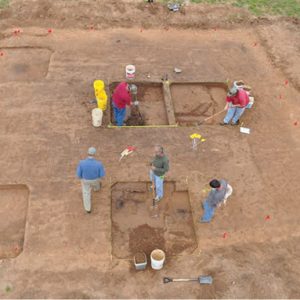 Carden Bottoms Excavations
Carden Bottoms Excavations
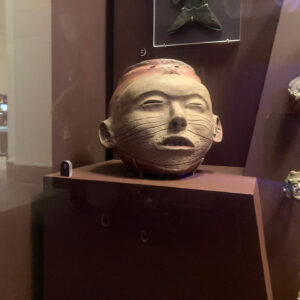 Ceramic Head
Ceramic Head
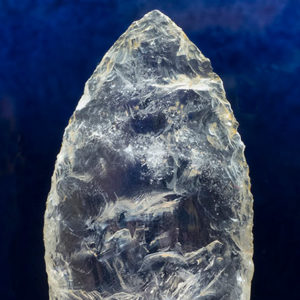 Clovis Point
Clovis Point
Crenshaw Site
 Eaker Site
Eaker Site
Eaker Site
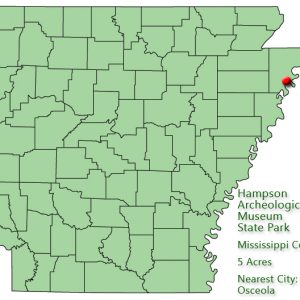 Hampson Archeological Museum State Park: Park Location
Hampson Archeological Museum State Park: Park Location
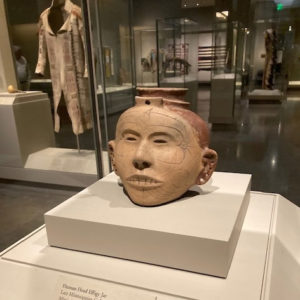 Head Pot Display
Head Pot Display
Head Pots
Indian Mounds
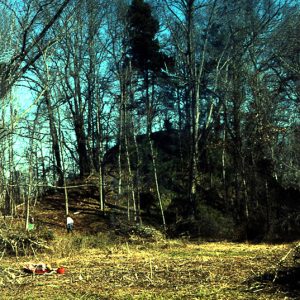 Menard-Hodges Primary Mound
Menard-Hodges Primary Mound
Menard-Hodges Site
 Mound Excavations
Mound Excavations
Native American Pottery
Nodena Site
 Nodena Site Aerial View
Nodena Site Aerial View
 Nodena Site Aerial View
Nodena Site Aerial View
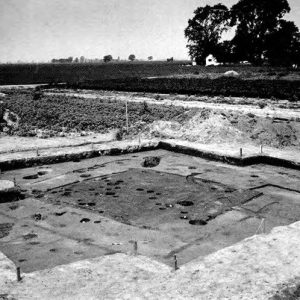 Nodena Site Excavation
Nodena Site Excavation
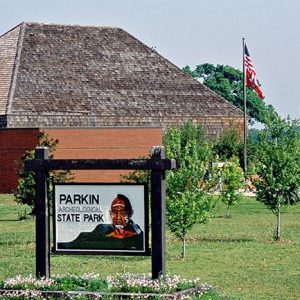 Parkin Archeological State Park
Parkin Archeological State Park
 Parkin Archeological State Park
Parkin Archeological State Park
 Parkin Archeological State Park
Parkin Archeological State Park
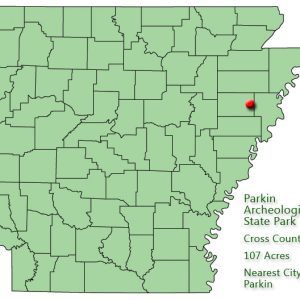 Parkin Archeological State Park: Park Location
Parkin Archeological State Park: Park Location
Parkin Archeological State Park
Parkin Historic Site
Peeler Bend Canoe
Petit Jean Rock Art Sites
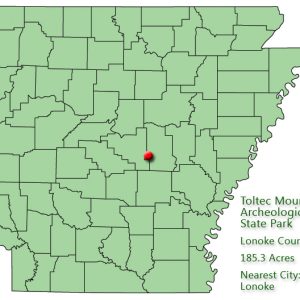 Plum Bayou Mounds Archeological State Park: Park Location
Plum Bayou Mounds Archeological State Park: Park Location
Plum Bayou Mounds Archeological State Park
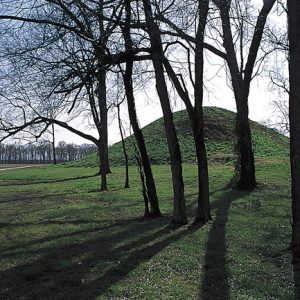 Plum Bayou Mounds Archeological State Park
Plum Bayou Mounds Archeological State Park
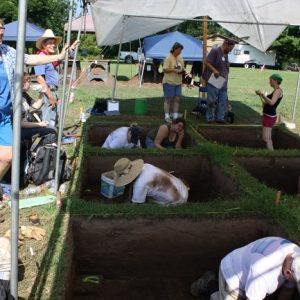 Plum Bayou Mounds Excavation; 2010
Plum Bayou Mounds Excavation; 2010
 Plum Bayou Mounds Excavation; 2010
Plum Bayou Mounds Excavation; 2010
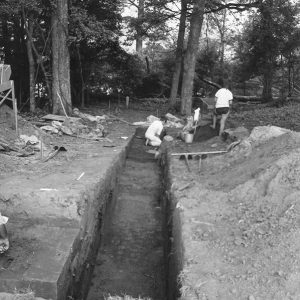 Plum Bayou Mounds Excavation Trench
Plum Bayou Mounds Excavation Trench
 Plum Bayou Mounds Park Personnel
Plum Bayou Mounds Park Personnel
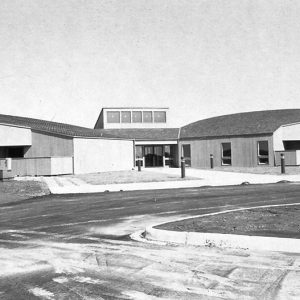 Plum Bayou Mounds Visitors Center
Plum Bayou Mounds Visitors Center
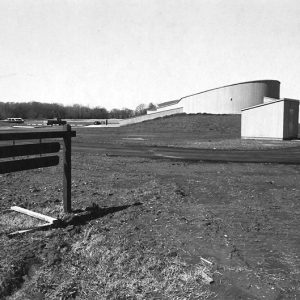 Plum Bayou Mounds Visitors Center
Plum Bayou Mounds Visitors Center
 Plum Bayou Mounds Visitors Center
Plum Bayou Mounds Visitors Center
 Plum Bayou Mounds Walkway
Plum Bayou Mounds Walkway
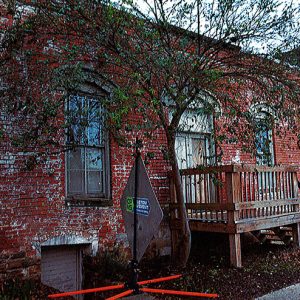 Produce Warehouse Side Entrance & Deck
Produce Warehouse Side Entrance & Deck
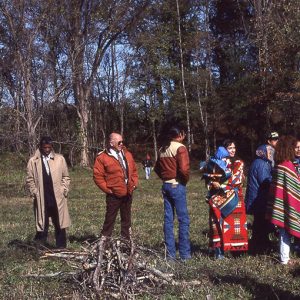 Quapaw Tribe Visiting Site
Quapaw Tribe Visiting Site
Rock Art, Native American
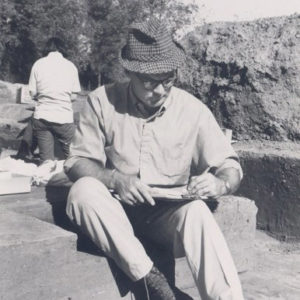 Frank Schambach
Frank Schambach
 Screening for Artifacts
Screening for Artifacts
Sloan Site
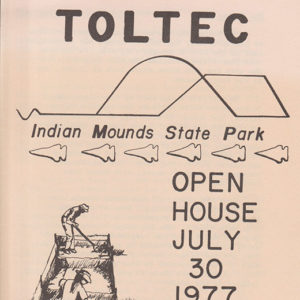 Park Open House Brochure
Park Open House Brochure
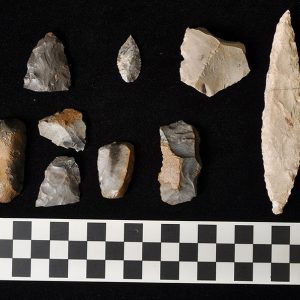 Stone Tools
Stone Tools
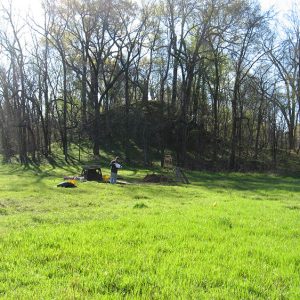 Test Excavations
Test Excavations
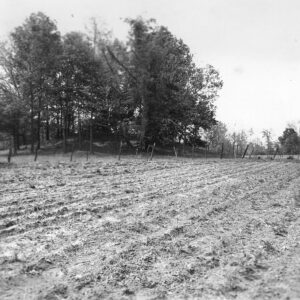 Toltec Mounds Site
Toltec Mounds Site




